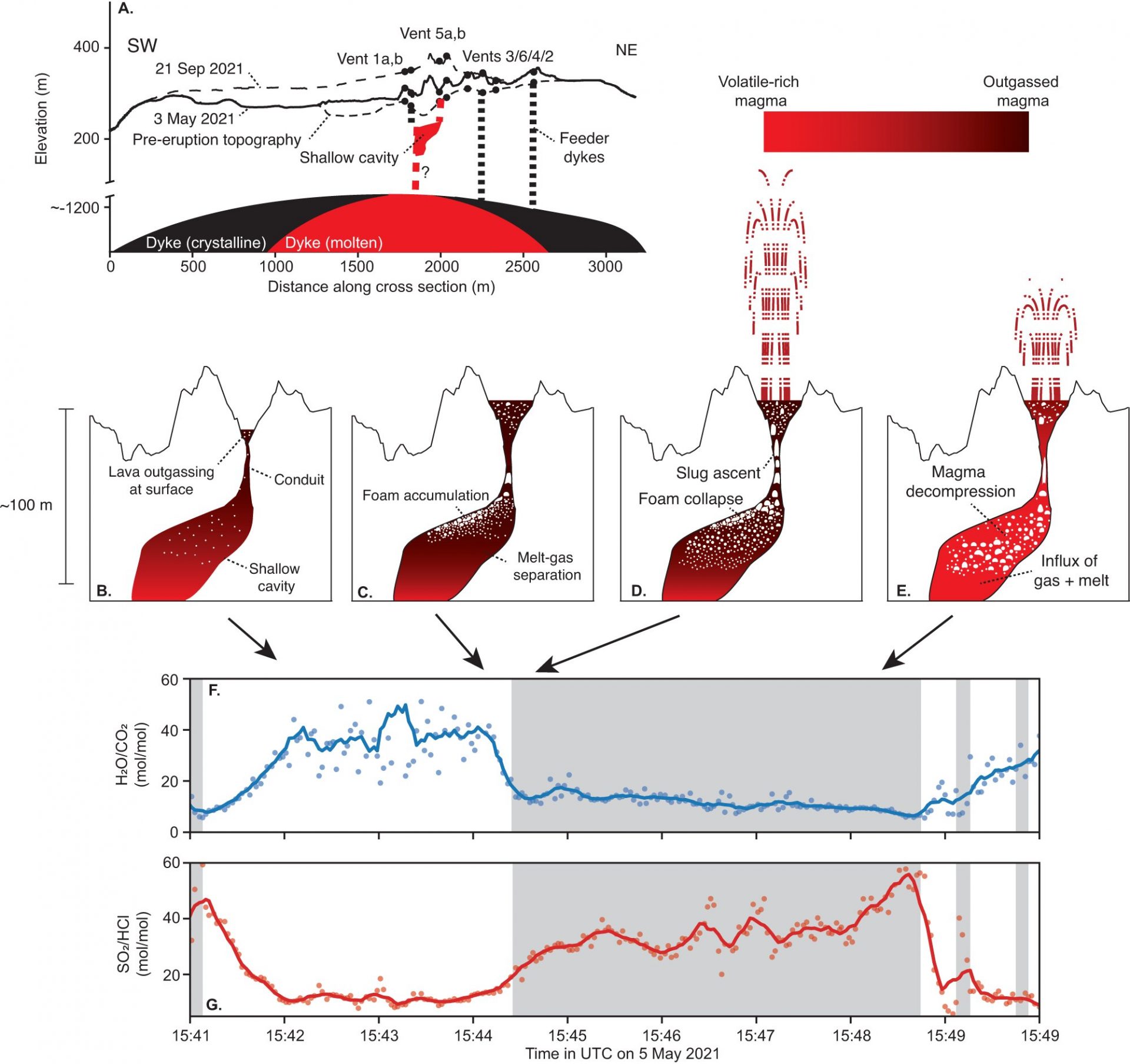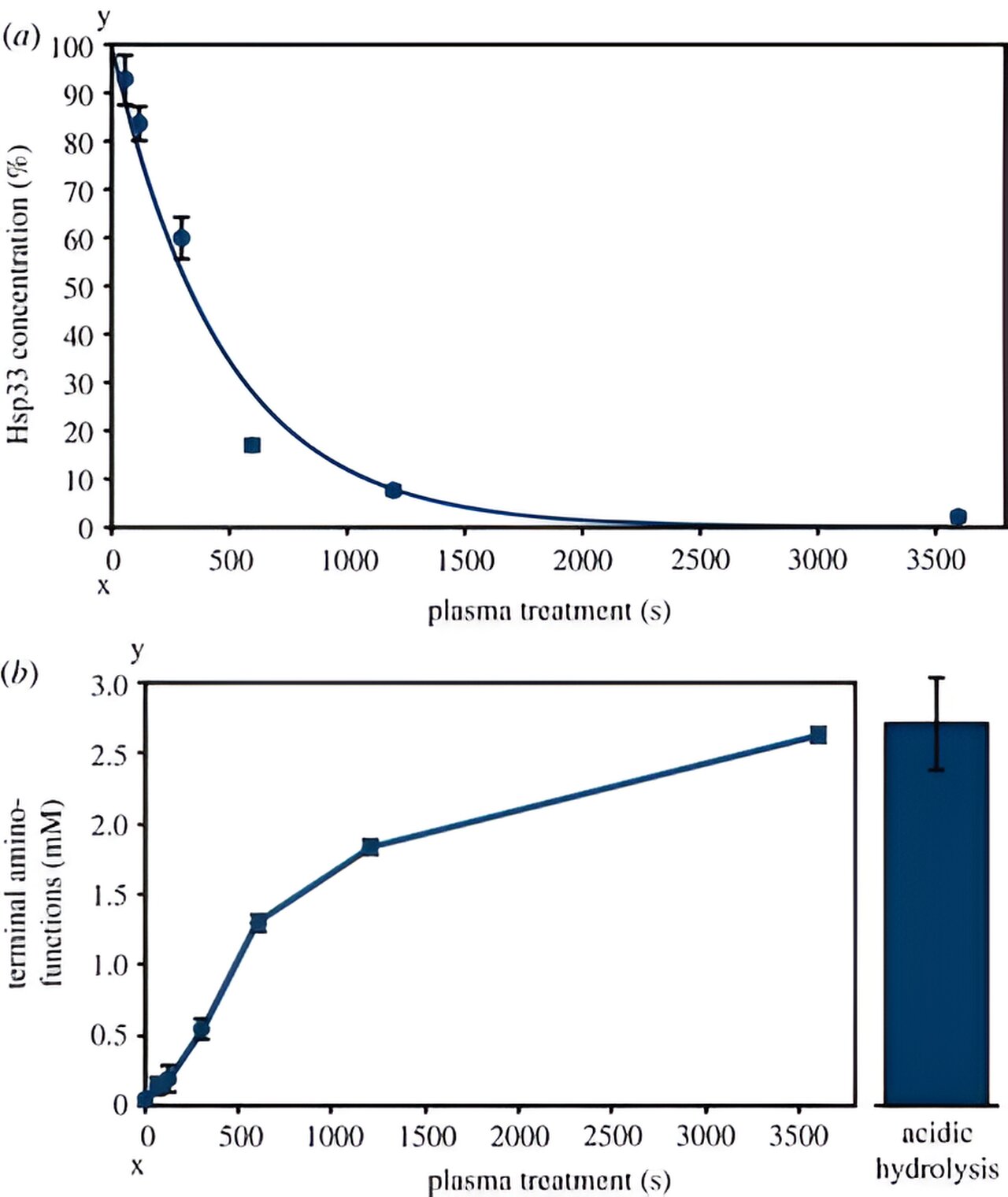A team of brilliant Earth scientists, meteorologists, geologists, and volcanologists have come together to unravel the captivating mystery of volcanic fountaining. Their groundbreaking research, published in the esteemed journal Nature Communications, delves into the awe-inspiring eruption of Iceland’s Fagradalsfjall volcano in 2021, which showcased mesmerizing displays of volcanic fountaining.
Imagine a volcano erupting just like in cartoons, with scorching-hot lava shooting straight up into the sky, only to gracefully descend back to Earth, cascading down the sides of a majestic caldera. The formation and energy behind these magnificent phenomena have long puzzled experts, with some speculating that it is caused by rapid magma ascent. However, the true nature of fountaining remains elusive.
In this remarkable endeavor, the research team seized the opportunity presented by the unique characteristics of the Fagradalsfjall eruption to gain deeper insights into fountaining. Unlike a single explosive burst, the eruption unfolded as a series of fountains, each varying in height. Remarkably, these fountains were relatively contained, allowing the researchers to venture closer to the action and unlock the secrets of their formation.
To study these captivating eruptions, the team employed a cutting-edge device that enabled them to analyze the gases emitted from the volcano using open-path Fourier transform infrared (OP-FTIR) spectroscopy. Over four cycles of eruption and pauses, they meticulously examined the chemical composition of these gases, uncovering crucial clues that pointed towards an explanation for volcanic fountaining beyond a mere explosion.
Their groundbreaking theory proposes that volcanoes like Fagradalsfjall possess a shallow cavity beneath their caldera, brimming with magma. As magma ascends into this cavity, gases create a foam layer at the magma’s surface. The collapse of this foam layer, the researchers hypothesize, generates the pressure necessary to propel magma into the air, giving birth to the mesmerizing fountain effect – akin to the release of carbonation from a vigorously shaken soda can. The cyclic nature of fountaining arises from the repeated formation of a foam layer within the cavity, driven by the gases.
While further exploration of volcanic fountaining is imperative, the research team believes that their groundbreaking theory could potentially shed light on fountaining phenomena in various volcanoes worldwide. The captivating mysteries of these natural wonders continue to beckon scientists, urging them to unravel the secrets hidden within the depths of our planet.








